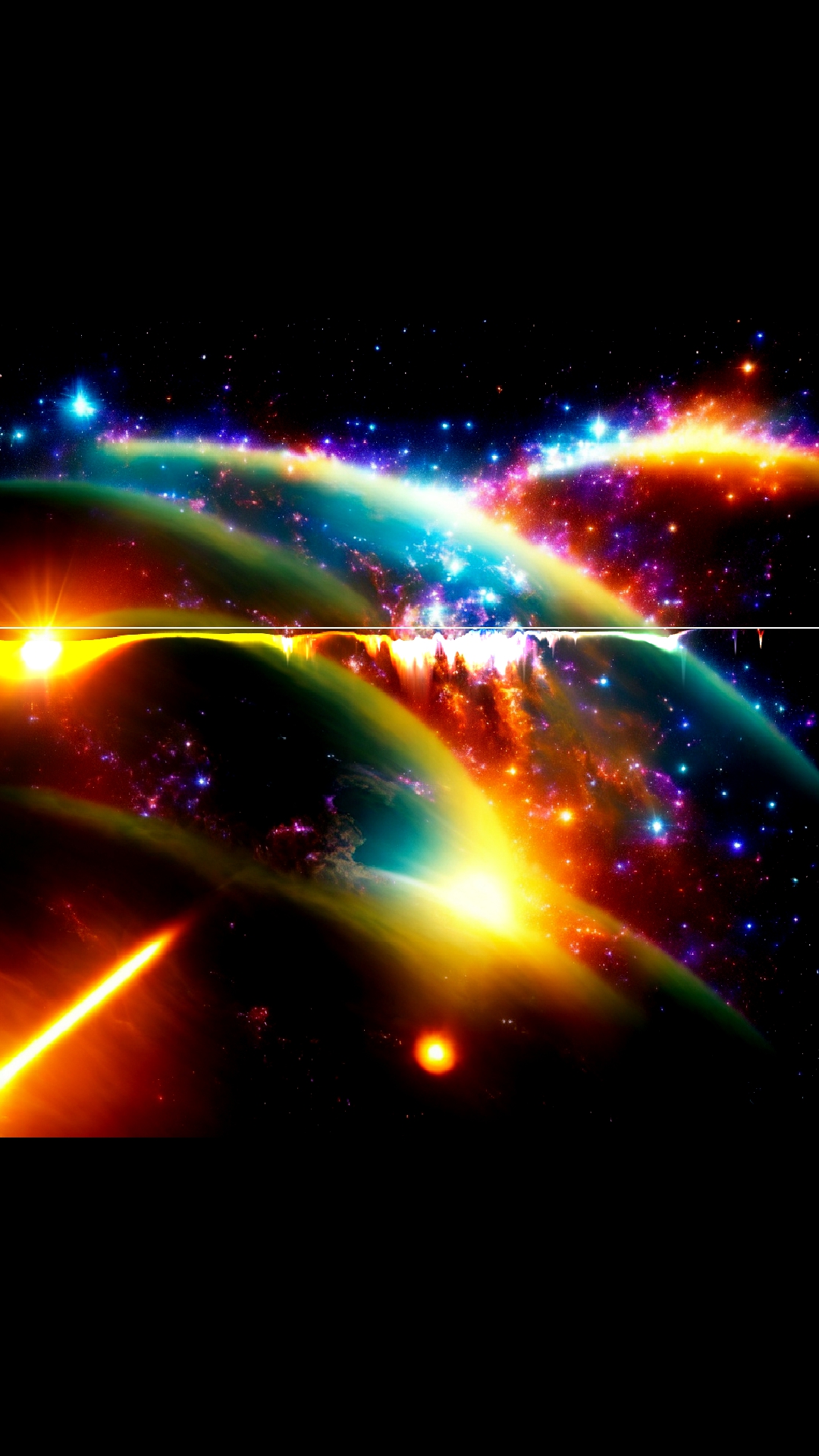
Whats the Sound of Red?
This question started it all. In 2002 i asked myself how does the Color red sound like. Now 20 Years later i came back to that Question and finally i had the tools and knowledge to program a tool which transforms colors into sound.
I found a lot of interesting articles to this topic where for example people with Chromesthesia can hear colors.
Also i found a very interesting article about the cosmic octave from Hans Cousto and Fritz Dobretzberger and their approach to Color Music and Chromatic.
In the Esoteric World there is also a connection between colors, chakras and sounds.
But my main point of interest came from Wassily Kandinsky – “Yellow, Red, Blue”
“And so the arts are encroaching one upon another and from this will rise the art that ist truly monumental.
Every man who steeps himself in the spiritual possibilities of his art is a valuable helper in the building of the spiritual pyramid which will someday reach to heaven”
Wassily Kandinsky
“Concerning the spiritual art”
Published 1912
Unique Sound Code of Pictures and Videos
With my algorithim i can produce unique Sound Codes of Pictures and Videos.
You can use this to either produce a unique Sound Code via a MIDI or WAV file.
Or you can use it to produce a unique colorcode which you can print out for example a picture of your Wedding Day or Baby pictures.
Download MIDI:
Midi Example File
(Play with Windows Media Player or use in DAW)
Download WAV:
Audio Example File
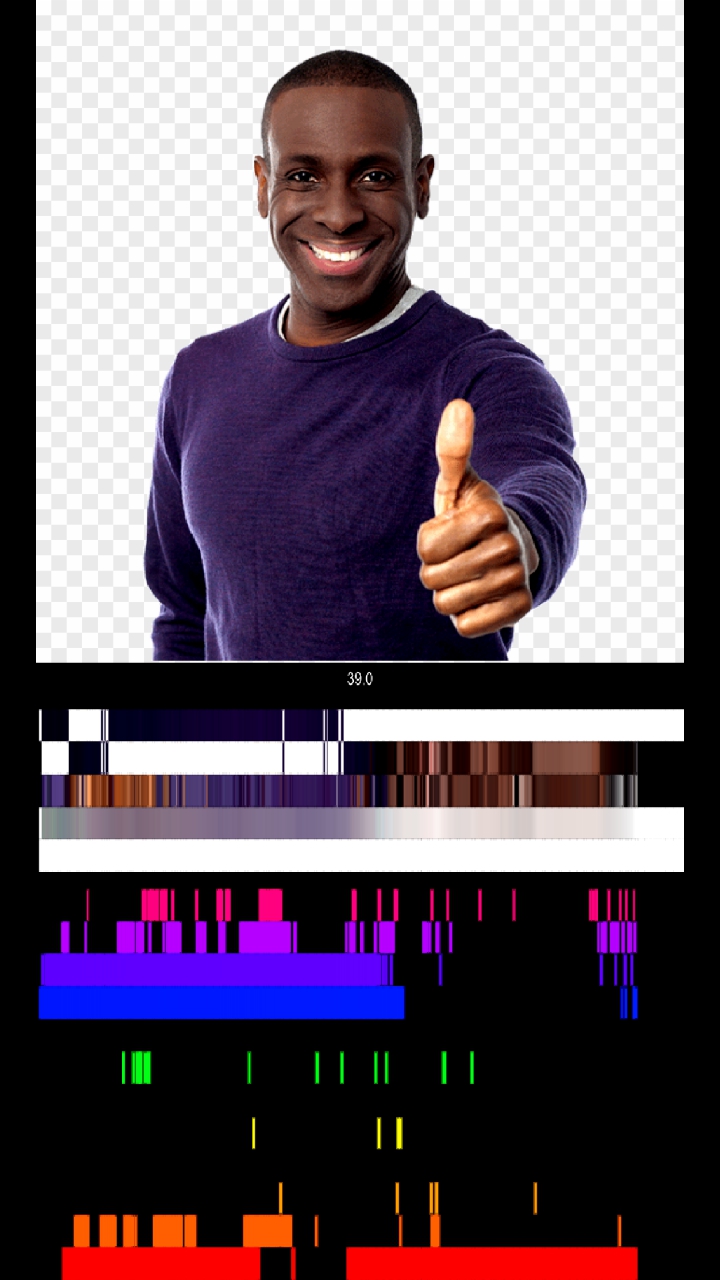

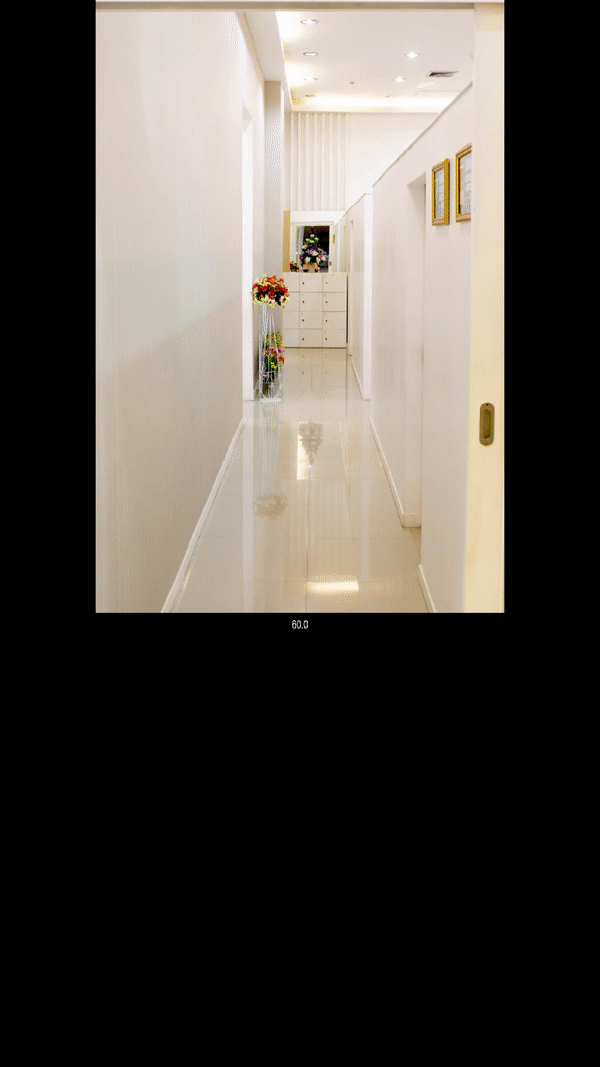

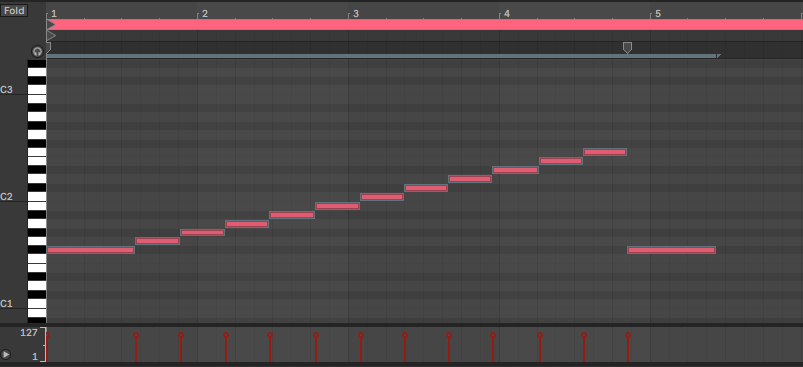

A.I Generated Art to Sound
Here i use Stable Diffusion to produce pictures which i then use to do a Sonification and produce a unique Song to the colorcode of the Picture.
So every picture has their own unique Sound.
Live Video Sonification for DJs and Artists
As the process runs in real time it can also be used in a Live Video/Audio production or DJ Set or whatever you want.
You can use a Camera Input to scan the Input and forward the Signal to Ableton.
For example you could use dancers dressed in different colors to trigger different notes in ableton.
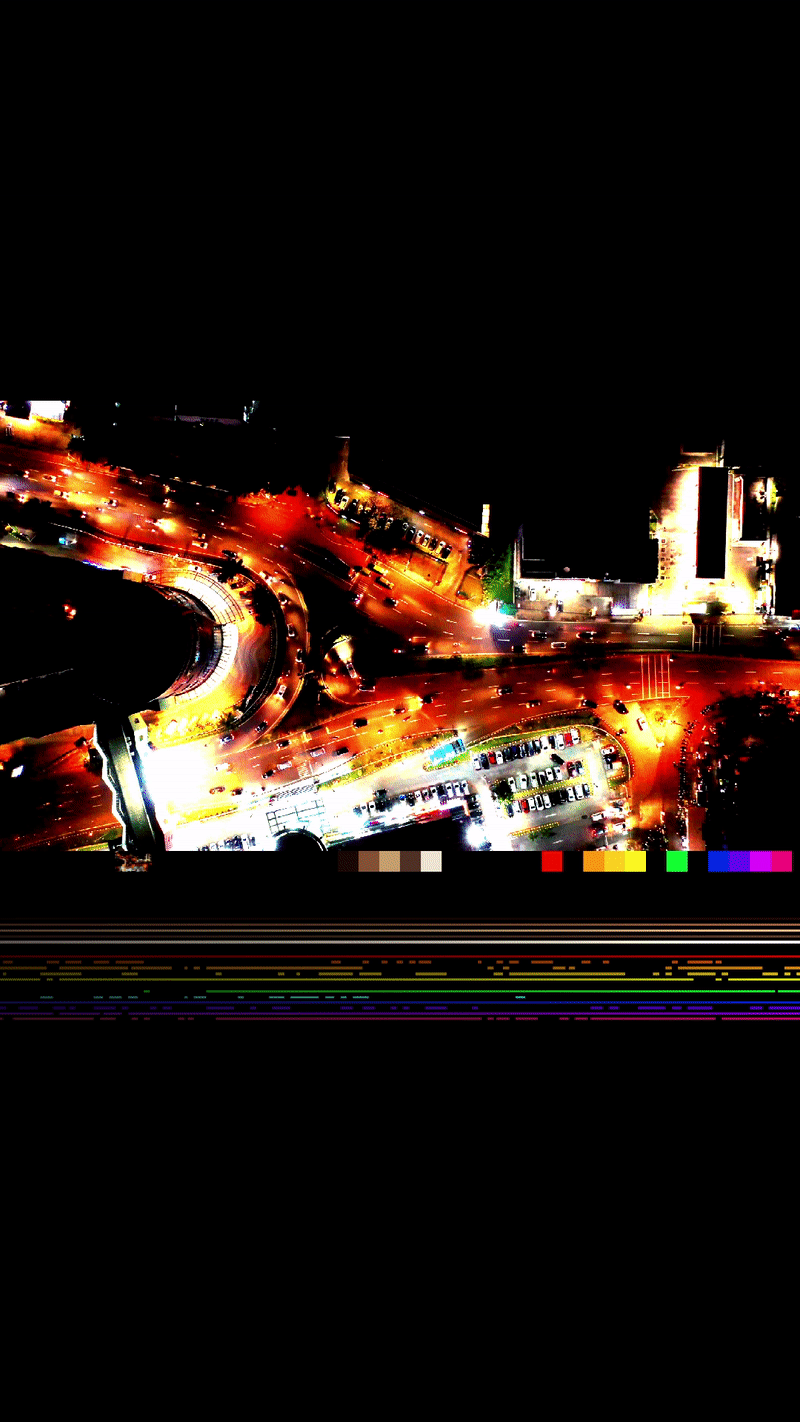

Sonification and Music Production with Ableton
As every picture/video is producing their own midi file according to colors of the input you can either use this in a Live setup.
Or you can use the produced MIDI file to create a Song in Abelton which will always result in a unique song as every picture has a different color code and produces a unique Midi file.
Sonfication Room Scanner and Chakras
Scan your Room and get an impression of which colors are very prominent and which are less.
In the example on the right side you could add some Blue or Green to the Room as it is very much on the red side.

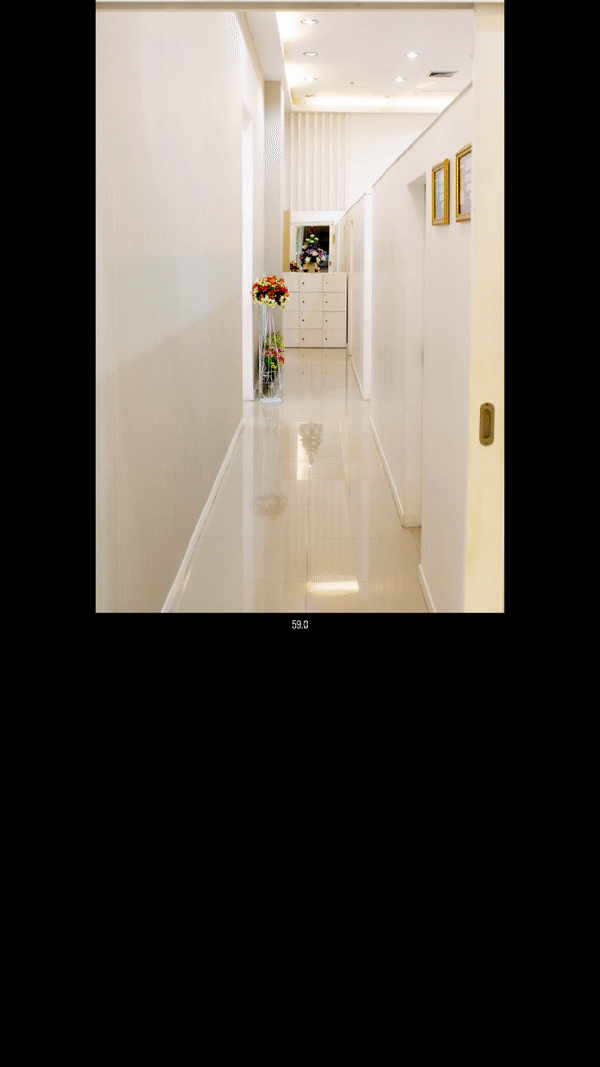
It’s well-known that the music we listen to affects our mood and emotions. But did you know that the tuning of our music can also have an impact? Studies have shown that music tuned to 432hz or 440hz is more relaxing and less likely to cause anxiety than music tuned to other frequencies.
If you’re looking for music to help you relax or ease anxiety, consider scale 432hz or 440hz.
Color chakra sound is a type of alternative medicine that uses color and sound frequencies to balance the body’s energy centers, or chakras. Proponents of this therapy believe that when the body’s energy is in balance, it can heal itself.
There is some scientific evidence to support the use of color and sound therapy for relaxation and stress relief. However, there is no scientific evidence to support the claim that color chakra sound can heal the body.
Color has the ability to affect our moods, emotions, and even our physical state. Each color is associated with a different chakra, or energy center in the body. When these chakras are in balance, we feel healthy and whole. Here is a brief guide to using color to balance your chakras:
Root Chakra (Red): The root chakra is associated with grounding and security. Red can help to increase feelings of safety and stability.
Sacral Chakra (Orange): The sacral chakra is associated with creativity and sexuality. Orange can help to increase feelings of pleasure and creativity.
Solar Plexus Chakra (Yellow): The solar plexus chakra is associated with personal power and will. Yellow can help to increase feelings of confidence and self-esteem.
Heart Chakra (Green): The heart chakra is associated with love and compassion. Green can help to open the heart and promote healing.
Throat Chakra (Blue): The throat chakra is associated with communication and self-expression. Blue can help to promote clear communication and honest self-expression.
Third Eye Chakra (Indigo): The third eye chakra is associated with intuition and insight. Indigo can help to promote psychic abilities and spiritual awareness.
Crown Chakra (Violet): The crown chakra is associated with connection to the divine. Violet can help to promote a sense of oneness with the universe.
“Color is the keyboard, the eyes are the harmonies, the soul is the piano with many strings.”
Wassily Kandinsky
“Concerning the spiritual art”
Published 1912
Sonification – Chromesthesia or Color-to-Sound synesthesia
Sonification is the use of sound to communicate data or information.
It is typically used to make complex data more understandable, or to make patterns and trends more apparent.
Sonification can also be used as a way to create art, or to communicate an emotional message.
Chromesthesia, or color-to-sound synesthesia, is a type of sonification that uses colors to represent different sounds.
This can be done either by seeing colors when hearing certain sounds, or by associating specific colors with specific sounds.
Chromesthesia is often used to help people understand music, as it can provide a visual representation of the music’s structure and emotional content.
Sonifications can be an effective way to communicate data, as it can make complex information more understandable.
It can also be used to create art, or to communicate an emotional message.
Color Effects
Color can have a profound effect on our emotions and moods. Certain colors can trigger certain feelings, and even affect our behavior.
Some scientists believe that color is actually a form of non-verbal communication. Studies have shown that certain colors can influence our perceptions and decision making. For example, the color red has been shown to increase adrenaline levels and raise blood pressure.
It’s not just our physical reactions that are affected by color, but also our psychological state. Different colors can produce different effects on our mental and emotional well-being. For example, the color blue is often associated with calmness and relaxation, while the color yellow is associated with happiness and optimism.
Interestingly, the way we react to color is not just a matter of personal preference. It has been shown that certain colors are universally associated with certain emotions. For example, the color green is universally associated with peace and tranquility.
So, what does all this mean for you? If you’re looking to create a certain mood or atmosphere in your home or workplace, pay attention to the colors you use. Certain colors can help you achieve the desired effect.
There’s something about music that just seems to speak to us on a deeper level than any other form of communication. It’s been shown to reduce stress, lower blood pressure, and even boost our immune system. But what is it about music that has such a profound effect on us?
One theory is that it has to do with the way our brains process sound. Studies have shown that when we hear music, different areas of our brain light up in response. This suggests that music engages more of our brain than other forms of communication.
But what if we could map sound to color? What if we could see the music we were hearing?
Some scientists believe that we actually do see colors when we hear certain sounds. This is called synesthesia, and it’s a condition where one sense is experienced in response to another sense. For example, some people with synesthesia might see colors when they hear certain notes played on a piano.
There’s still a lot we don’t know about synesthesia, but there’s evidence to suggest that it might be linked to how our brains process sound. So if you’re ever feeling blue, maybe you should try listening to some music!
While many people believe that music is all about the sound, there is actually a lot more to it than meets the ear. One important aspect of music is its tonality, which is the overall mood or feel of a piece. This can be achieved in a number of ways, but one common method is through the use of color.
Color can have a profound effect on our emotions and can be used to create a specific mood or atmosphere. In music, this is often done by using a specific key or scale. For example, major keys are typically associated with happy and positive emotions, while minor keys are often seen as sad or melancholy.
Interestingly, different colors can also produce different effects on our moods. For instance, blue is often seen as calming and serene, while red can be associated with excitement and energy. By incorporating these colors into their music, composers can create pieces that evoke a wide range of emotions.
So next time you’re listening to your favorite song, take a moment to think about the colors that might be used to create its unique sound. You might be surprised at just how much they contribute to the overall experience!
Other Work
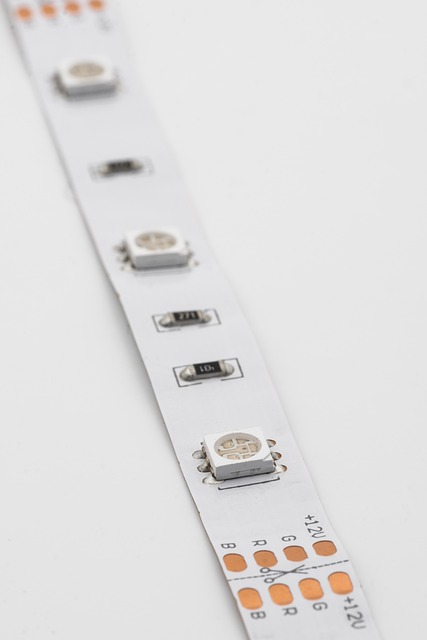
Sound controlled LED Strip
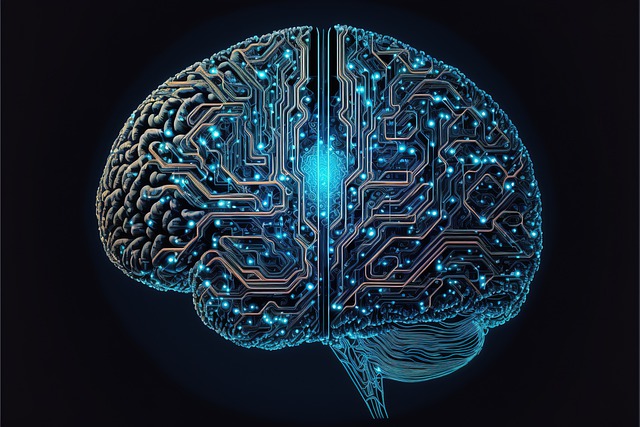
Brain Waves to Light
Sound to Chladni Plate

Have a Project in Mind?
If you have any further Questions or Ideas please feel free to contact me.
